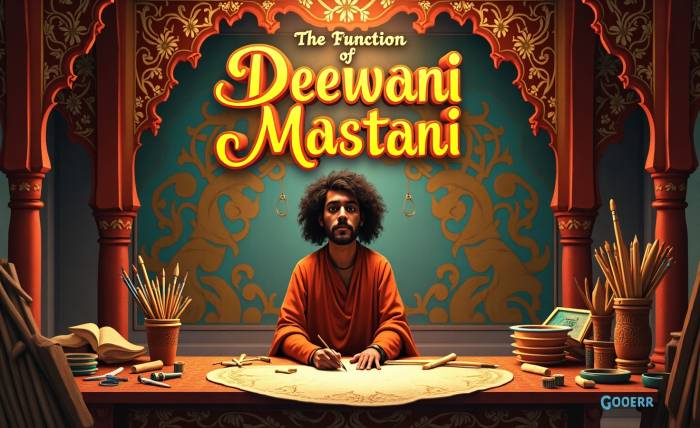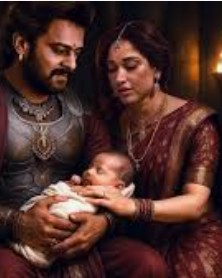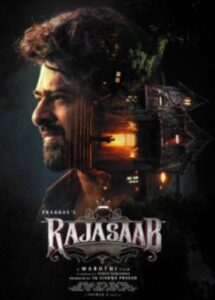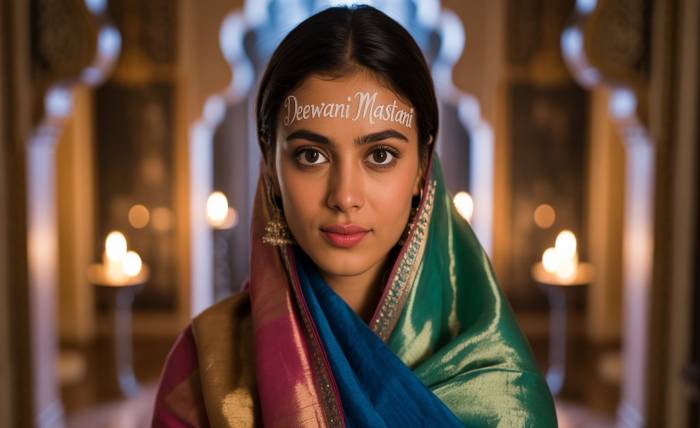Have you ever seen a movie scene so grand it takes you back in time? From my studies in film and history, this part is more than just a dance. It’s a colorful tribute to the rich Mughal era.
It’s like a person in the story, showing the luxury of old times. Sanjay Leela Bhansali’s directing skills, which I’ve always admired, make every shot amazing. This gives the impression of Mughal opulence.
| Aspect | Inspiration Source | Key Elements |
| Set Design | Mughal Palaces (like Sheesh Mahal) | Mirrors, gold arches, and detailed carvings |
| Costume Design | Mughal and Maratha royal clothes | Rich fabrics, fancy sewing, old jewelry |
| Music | Indian classical, Sufi, Qawwali | Nice tunes, poetic words, old instruments |
| Dance | Kathak, Persian-style moves | Graceful steps, telling stories with feelings |
The Grandeur of Set Design in Deewani Mastani
Stepping into the world of Deewani Mastani puts you right into grand buildings. The set, especially the Aina Mahal (Mirror Palace), bears a striking resemblance to the famous Sheesh Mahal in Mughal forts. I remember looking at photos of the Lahore Fort’s Sheesh Mahal. The film’s copy is just wonderful.
This care shows how much that time loved detailed inside designs and art. The huge size of the sets in it takes you to a world of royal feasts and gatherings. Everything, from the floor to the ceiling, is made to show the rich tastes of that time. This makes the set a key part of the film’s luxury.
The Opulent Costumes of Deewani Mastani
Deepika Padukone’s clothes as Mastani are a joy to see. They mix Mughal and Maratha styles. Anju Modi’s designs for Deewani Mastani use rich fabrics like silk. Mastani’s layered Anarkali dresses, with wide pants and special headwear, look like royal clothes.
The jewelry, often with Kundan and Polki work, makes the royal look even better. It gets ideas from the Hyderabad Nizam styles. These clothes are more than just pretty. They tell a story of mixed cultures, just like Mastani’s own background. The small details in each outfit in it say a lot about the fashion sense of the Mughal courts.
Deewani Mastani’s Powerful Music and Dancing
The song Deewani Mastani is a great piece of music and dance. It comes from old Indian classical traditions. It also has strong Sufi and Qawwali influences. Shreya Ghoshal’s moving singing, which won her many awards, plus poetic words, creates a heavenly feel. This fits the grand visuals perfectly. Old instruments make the sound feel even more real.
Deepika Padukone’s Kathak-style dance moves in it show grace and storytelling. This was common in court dances during Mughal times. The dance, a mix of old and new styles, honors the expressive dances kings supported.
Architectural Inspirations for Deewani Mastani
Beyond the Aina Mahal, all the buildings in Deewani Mastani heavily use Mughal architecture. The grand palaces, large courtyards, and calm water areas remind you of famous Mughal places like the Red Fort. From my view as someone who likes real history in films, these parts are remade to create a magical yet historically true setting.
The use of specific old building styles, like jharokhas (balconies) and chhatris (domed roofs), makes the film historically accurate. This also allows for artistic touches. The careful rebuilding of these styles in it shows the film’s goal. It wants to give you a rich and culturally important visual experience.
Symbolism and Storytelling through Deewani Mastani
Deewani Mastani is more than just a pretty scene. Her dancing among many reflections shows her strong but often lonely life. The song feels like the brave declaration of love in Mughal-e-Azam‘s famous “Pyar Kiya To Darna Kya.”
| Element | Symbolic Meaning |
| Mirrors | Inner struggles, finding oneself, broken identity |
| Golden hues | Royalty, holiness, wealth, Mastani’s bright love |
| Flowing fabrics | Freedom, changing feelings, Mastani’s free spirit |
| Dance moves | Clear statement of love, fighting old rules |
The grand setting for her dance in Deewani Mastani highlights how big her forbidden love is. It also shows the public’s judgment she faces. This mix of grand visuals and deep feelings makes it a strong storytelling tool.
The Function of Craftsmanship and Artistry in Deewani Mastani

Making Deewani Mastani took huge artistic skill and hard work. It’s like the intense labor and skill used to build real Mughal palaces. From the detailed mirror work on the sets to the fine sewing on the clothes, every piece was made by hand. Artisans and designers worked hard to copy the old look. I can imagine this process took amazing effort.
This dedication to real craftsmanship in it honors the skilled workers who made the Mughal era beautiful. It reminds us that behind the grand looks were countless hours of human smarts and art.
Cultural Fusion in Deewani Mastani’s Depiction
The film Bajirao Mastani, especially the Deewani Mastani part, beautifully shows the mix of cultures in 18th-century India. Mastani, a Bundela Rajput princess with a Muslim mother, shows this mix. Her clothes, music, and even her style in Deewani Mastani blend Hindu and Islamic art forms well.
This mix is clear in the buildings. The film shows a time when different cultures lived together and made each other richer. This created a special artistic blend. it clearly shows this cultural exchange.
The Impact of Visual Storytelling in Deewani Mastani
Grand visual storytelling is a hallmark of Sanjay Leela Bhansali’s work. Every shot is planned with great care. It turns the song into a living painting. The lighting, camera angles, and set decoration work together to show feelings and spectacle.
It helps the story. It lets the audience feel the weight of Mastani’s love and the grandeur of her world. The film uses its visuals to create a full experience. This goes beyond simple storytelling, making Deewani Mastani unforgettable.
Deewani Mastani as a Contemporary Historical Interpretation
While Deewani Mastani takes many ideas from old styles, it’s also a modern take. The film changes history a bit to make a grander, more movie-like experience. It shows old elements in a new way. This makes them easy to understand and fun for more people.
Deewani Mastani is so captivating because she strikes a balance between honoring history and allowing for artistic expression. It’s not a historical document. It’s a celebration of a time, remade with new filmmaking tools. The artistic choice in it gives a fresh look.
The Legacy of Opulence in Deewani Mastani
The lasting appeal of Deewani Mastani is its power to take viewers to a world of unmatched beauty and luxury. It leaves a deep mark, much like the great Mughal buildings themselves. They influence fashion, art, and even popular culture.
it reminds us how movies can keep and reinterpret old styles. It keeps the legacy of luxury alive. Its reach goes beyond the screen. This makes it a key part of our culture.
Conclusion
Deewani Mastani is an amazing film that truly captures the feeling of Mughal-era luxury. Its beautiful sets, fancy clothes, moving music, and graceful dance offer a peek into a time of unmatched art and grand buildings.
FAQs
Who acted in the Deewani Mastani song scene?
Deepika Padukone played Mastani in the Deewani Mastani scene. Ranveer Singh played Bajirao.
Why is Deewani Mastani so popular?
Deewani Mastani became popular for its stunning visuals, strong emotions, and soulful music.
What style of music is Deewani Mastani?
Deewani Mastani blends Indian classical and contemporary styles, making it both rich and modern.









